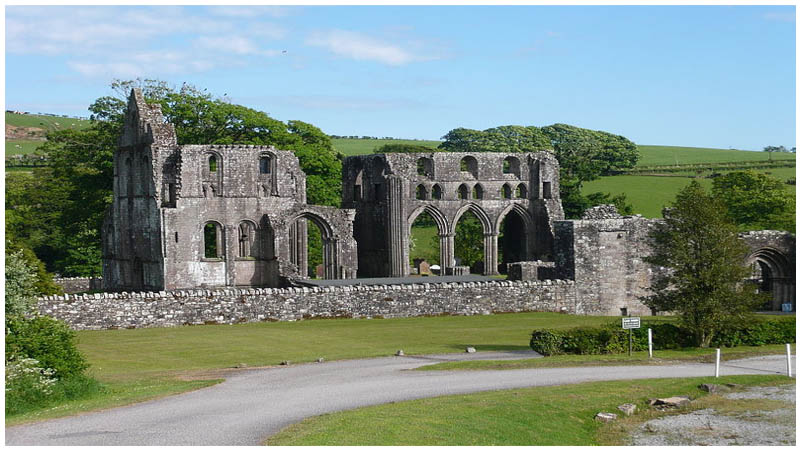The eerie ruins of the almost 900-year-old Dundrennan Abbey can be found just outside the village of Dundrennan, Scotland. At the height of its power, Dundrennan was possibly the wealthiest abbey in Scotland.
It has a rich history, too, which includes a visit by the almost mythological Mary Queen of Scots during her final moments in Scotland before escaping to England.
Six-day-old Mary Stuart inherited the Scottish throne in 1542, becoming an object for English Protestant and French Catholics to fight for control over. The Catholic contingent won her, and this ultimately was her downfall.
Her flight to England after being forced to abdicate in April 1586 was in vain: Mary was executed on February 8, 1587, on the orders of her cousin, Queen Elizabeth I of England.
The Scottish Reformation Parliament, having defeated Mary Stuart, now turned their focus to closing down any vestiges of the Catholic Church. This was the end for Dundrennan Abbey.
It was left to slowly fall into decay, at one point being used to house livestock. Today the site is a popular tourist destination maintained by Historic Environment Scotland.
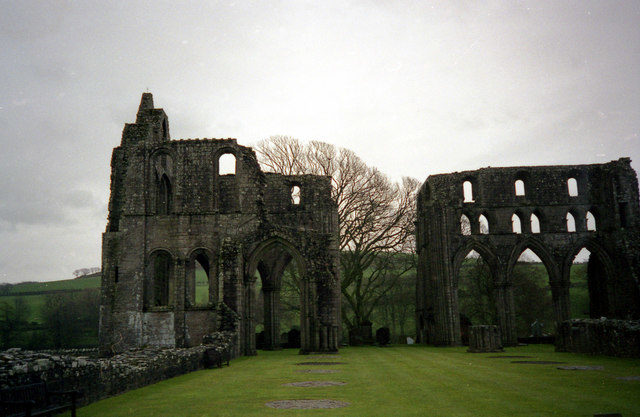
The events leading up to the establishment of Dundrennan Abbey in 1142 also read like the plot of a historical drama miniseries.
Episode one begins when the son of King Malcolm III of Scotland, David (1084-1153), is exiled to England aged just nine or ten. The banishment doesn’t last for long, but David has already cosied up with English royalty and spends several years at the court of the Norman King of England, Henry I.
After a war for the throne of Scotland between David, who is by now — thanks to the support of Henry — Prince of the Cumbrians, and his (illegitimate) nephew, David emerges victorious. One of the first priorities of King David I is to set about remolding the church system.
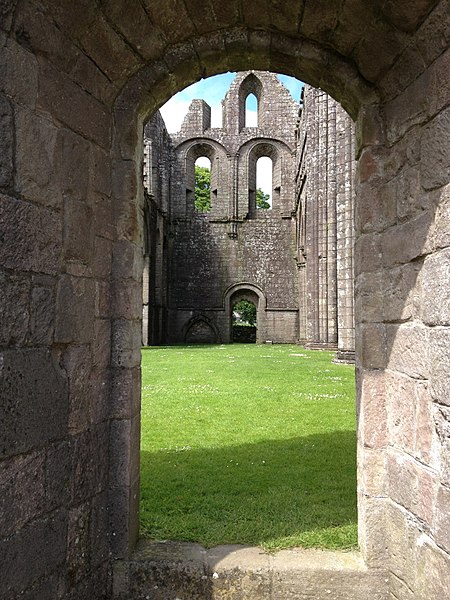
When he takes up the Crown in 1124, David I decides to remodel the Scottish parochial system to make it more like that of Anglo-Norman England. He had already restored the bishopric of Glasgow and installed his, probably French-Norman, ally John Capellanus, a Tironensian monk, as Bishop of Glasgow.
The Cistercian Order had been gaining momentum, spreading from Normandy, France, into England by 1128. They fitted well into the ideals of David I, who founded the first Cistercian monastery in Scotland, St Mary’s Abbey at Melrose, in 1136, and the larger Dundrennan Abbey in 1142.
Both would be populated by monks from Rievaulx Abbey in Yorkshire, England.
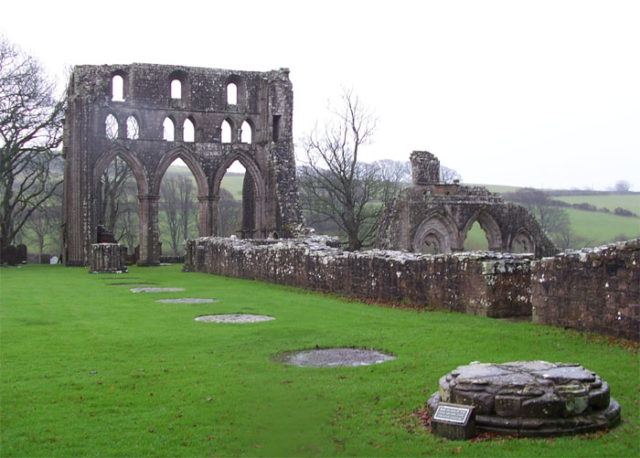
The Cistercian monks led an austere lifestyle, and this is reflected in the architecture of Dundrennan Abbey. It is built from gray sandstone, originally planned to be in Romanesque style. However, fashions changed during the fifty or so years of its construction and the build was switched to a Gothic design.
If that seems like a long time, it’s because the abbey was built by the thirteen monks and ten lay-brothers who were resident there, living all that time in temporary housing — that they also had to build for themselves.
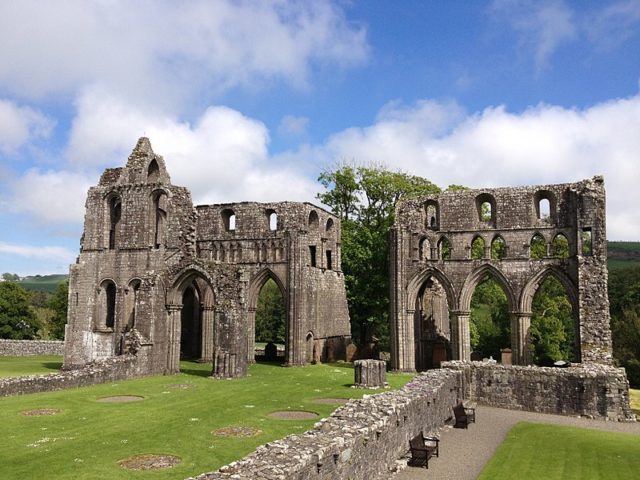
The abbey church was naturally the first structure to be built, and it managed to survive intact well into the 17th century.
Once it was properly up and running, Dundrennan Abbey made a reputation for producing excellent quality wool. This was exported all over Europe and made a good income for the monastery. Another lucrative source of income for the Church was from farming the land owned by the abbey.
The monks dedicated their lives to opus dei, or the work of God. The day began with a service at 1:30 a.m. and they rounds of prayer and quiet contemplation, interspersed with daily chores or duties according to the monks’ office, would continue ceaselessly until 7:30 p.m. For them, it was a life of poverty, chastity and strict obedience to the rules of the order.
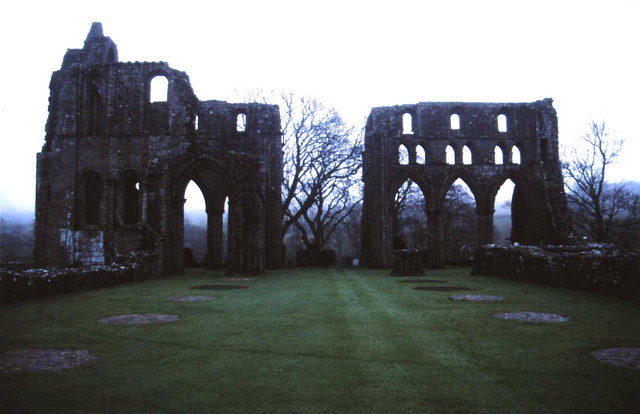
Life for the lay brothers also required total dedication. In addition to following the abbey rules, they were lumbered with the bulk of the manual work. In this way, their duty to God was to allow the monks more time for prayer.
The main altar inside the abbey church was reserved only for monks; lay brothers were excluded from here and had a separate altar. Which wasn’t such a bad thing, as they didn’t have to attend the eight services every day that took place beyond the screen.
The lay brothers were expelled at the start of the Scottish Reformation in 1560. The monks who already there were allowed to stay but no new monks were admitted and the abbey slowly declined. “We know very little about the Dundrennan monks. The names of abbots and other officials are known from grave-markers, charters, and other legal documents,” writes Historic Environment Scotland.
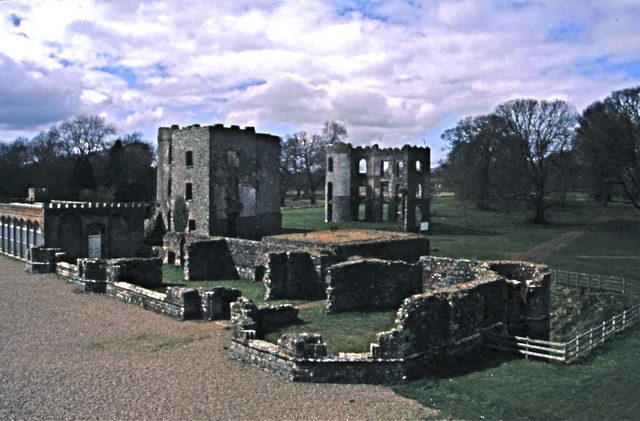
Besides the wool, the abbey is also known for a particular piece of history. On May 15, 1568, the sun was slowly setting and the monks were nearly finished with their daily routine when a guest arrived.
It was neither an ordinary visitor nor an accidental wayfarer. Mary Queen of Scots had escaped from Lochleven Castle where she had been held prisoner by the Protestant Lords of the Scottish Reformation Parliament. She subsequently raised an army of 6,000 men but they were swiftly defeated in the Battle of Langside.
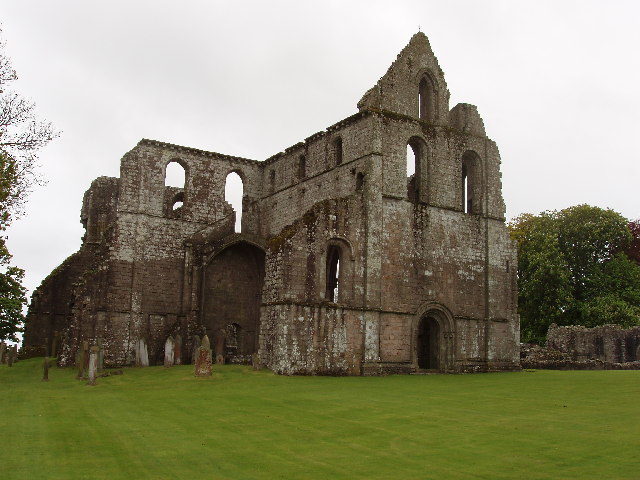
In desperation and against the advice of her advisors, Mary was traveling to seek help from her cousin Queen Elizabeth. Little did she know that this move would lead to her death.
The following morning, Mary crossed the River Solway in a fishing boat and spent the next night on English soil at Workington Hall. Whilst at the abbey she is thought to have spent the night in the house of the commendator.
Today, the abbey remains a thing of beauty even in its ruin and tourists continuously come to visit.
